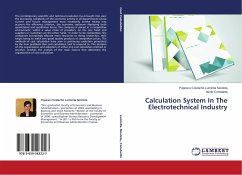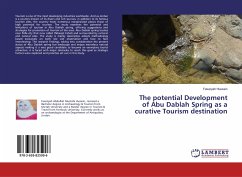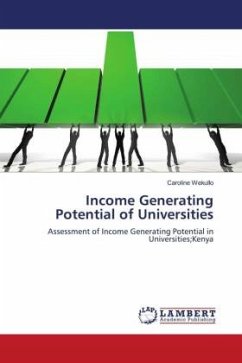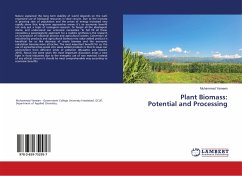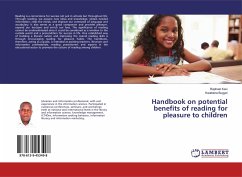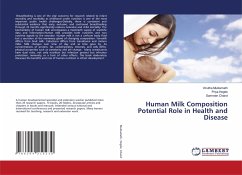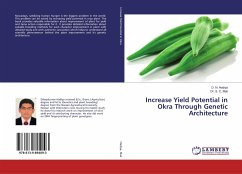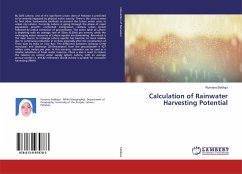
Calculation of Rainwater Harvesting Potential
Versandkostenfrei!
Versandfertig in 6-10 Tagen
47,99 €
inkl. MwSt.

PAYBACK Punkte
24 °P sammeln!
By 2025 Lahore, one of the significant urban cities of Pakistan is predicted to be severely impacted by physical water scarcity. There is the serious need to find other trustworthy methods to prevent the future water crisis, in urban city Lahore. Currently, Lahore is going through the phase of rapid population growth; unchecked immigration; reckless urban sprawl followed by undue extraction of groundwater. The water table of Lahore is depleting with an average rate of 55cm (0.55m) per annum, while the recharging water resources of Lahore aquifer are diminishing. Ravi which is the main source t...
By 2025 Lahore, one of the significant urban cities of Pakistan is predicted to be severely impacted by physical water scarcity. There is the serious need to find other trustworthy methods to prevent the future water crisis, in urban city Lahore. Currently, Lahore is going through the phase of rapid population growth; unchecked immigration; reckless urban sprawl followed by undue extraction of groundwater. The water table of Lahore is depleting with an average rate of 55cm (0.55m) per annum, while the recharging water resources of Lahore aquifer are diminishing. Ravi which is the main source to recharge Lahore aquifer has become no more reliable due to continuous reduction in its flow especially after the construction of Thein dam by India on river Ravi. The difference between recharge (2192 mcm/year) and discharge (2619mcm/year) from the groundwater is 427 million cubic meters per year. In this scenario, rainwater can be used as a reliable substitute of fresh water resource. There is also a need to reduce the reliance on central water supply system. Lahore, with an average annual rainfall i.e. 616.82 millimeters (24.48 inches) is suitable for rainwater harvesting (RWH).



